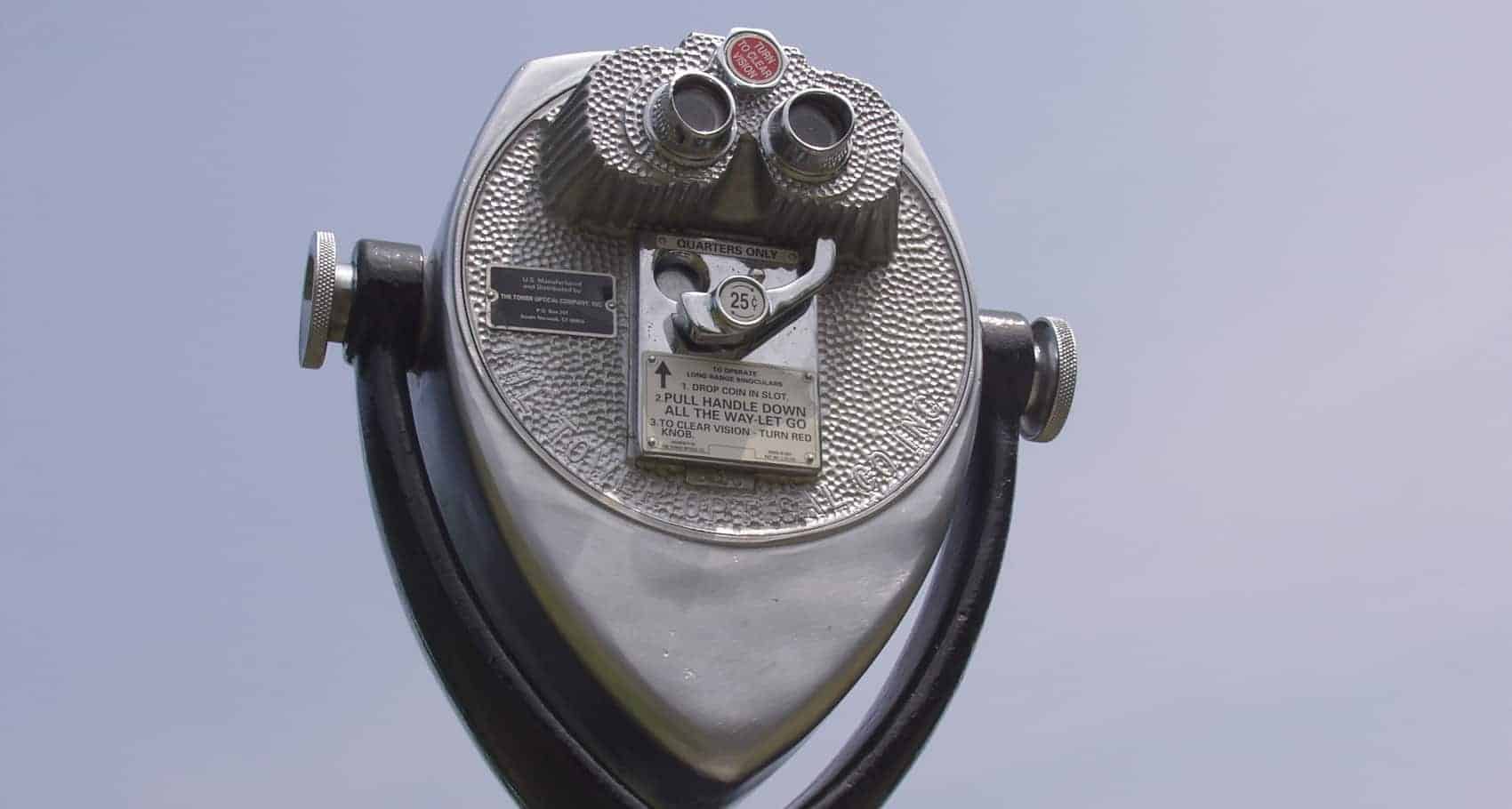
I take the month of January and slowly build up the muscles and energy I’ll need to see all of what I’ve planned to the end. There’s just something about taking the first month of the calendar year slowly in order to really set up the next eleven months properly, and since I really start this process during the first week of the Christmas break I have about six weeks to reflect on the months gone by and mindfully prepare for the months ahead.
I’ve read numerous social media updates over the past few days and know that many people are taking the time they have now to review the year that is about to come to a close. I wonder how many of them look ahead as comprehensively as they look back.
Make no mistake, looking back the previous year is very wise. It helps you prepare for the year ahead by closing out any open loops and acknowledging what you did (and didn’t) accomplish in the months before. But reviewing isn’t enough. It’s critical to take a long look at what you want the year ahead to hold for you because it gives you something concrete to shoot for.
While the weeks that surround Christmas and New Year’s tend to be the time to take stock of the year gone by, it’s also important review regularly throughout the year. The same goes for looking ahead. Priorities need to adjust, new opportunities can arise, and courses need to be corrected. Plans will change as the months go by, but in order to adjust accordingly you should have a larger scale plan to start off with. That’s why The Year in Preview is so important. It helps you craft a plan that you can use as a roadmap for the weeks and months to come.
If you’d like to conduct your own Year in Preview, here’s how you can do one in just 3 easy steps.
1. Review Your Task Management Solution
When I first start my preview, I review all of my projects in my task manager – in this case Todoist – and pause or drop as many of them that I simply don’t see completing in the next twelve months. I generally pause them first and leave only the projects I’m really going to foster as “active” in Todoist. I’ll also add any new projects that I’ve got in mind at this juncture, and either activate or deactivate them as I see fit.
2. Theme Your Months
I start theming the months to come on my yearly wall calendar, leaving only two or three of them without any sort of theme whatsoever. These themes acts as informational tentpoles, meaning that when I look at my calendar I get a reminder of what big project, goal, or idea I’m supposed to move forward during that month. (If you don’t use a wall calendar like I do, you can simply create your themes as all day events in Google Calendar or Outlook and make them private so that they are only visible to you.)
3. Do The Front End Work
What I mean by “front end work” is the creation of boundaries and buffers that will allow you to really forge ahead in the most effective way possible. That means deciding on how you plan to review your email and then sticking to it. It means deciding on how you plan to use your calendar and then sticking to it. It means putting systems in place that will support the plans you have for the months ahead. Some examples of front end work include:
- Creating/updating any email autoresponders you may need.
- Creating additional digital calendars to better segment your time.
- Revising or adding to any text expansion tools you have.
- Culling any unused apps and deciding on use cases for those that remain.
- Defining and refining your modes/tags.
Taking the time to do this now will create a lot more time for you down the road. While most are in the mode of self-improvement at this time of year, take advantage of that and upgrade your boundaries and workflows by evaluating and recalibrating. You’ll thank yourself for it later.
I hope you’ll look ahead to the full calendar year — and use the past to inform where you really want to go instead of informing you of what you missed out on. After all, there’s no going back…only forward.

